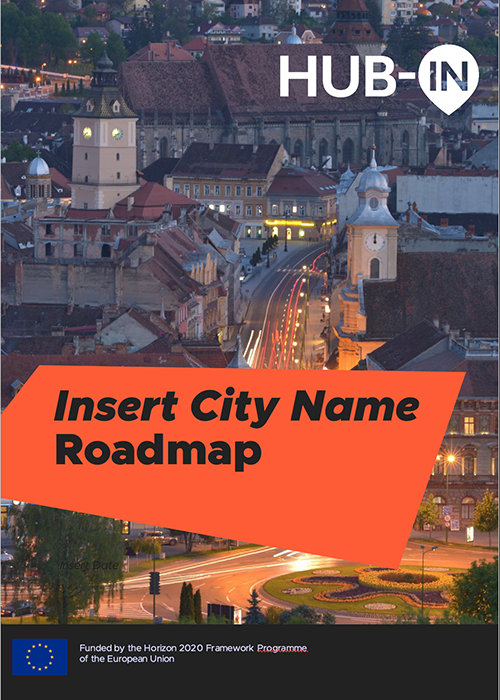Roadmap co-creation
Stage 2 – Prepare to set-up the hub
Define joint visions and values, mission oriented activities with the major steps for getting there in a strategic plan. Ensures strategic alignment and successful framing of strategic governance and partnerships for the successful realisation of key objectives in your place
How can it help?
The roadmap and its process and methodology frames the strategic setting and anchoring of the hubs of innovation and entrepreneurship in the specific local contexts of places. The roadmap focuses on the following HUB-IN key objectives, that were translated into the local contexts in the 8 pilot cities:
- Reverse trends of abandonment and neglect of historic heritage
- Creation of new sustainable and regenerative opportunities for local traditional businesses
- Development of new creative skills and jobs
The roadmap contains the following key sections (please consult the attached document, should you be interested in using the template)
Part 1 – State of the Art (placing the hubs in the Local Action Framework)
- Medium- and long-term vision
- Existing relevant strategies and action plans
- Related future policies and projects
Part 2 – The pilot area
- Description of the area
- Definition of the HUB-IN place
Part 3 – The Vision, Values and Missions of the Hub
- Co-created Vision of the Hub
- Overall Missions of the Hub
- Values of the Hub / Sense of place (LINK: linked to place branding)
Part 4 – Alliances, Partnerships and Portfolio of actions
- Overall governance aspects
- Potential future collaboration and partnerships
- Portfolio of Key actions
Part 5 – Brand identity
- Brand vision
- Brand mission
- Brand objectives
- In short
How do we use it?
The emphasis is on designing the local hub with the people rather than designing the local hub for the people. Keep in mind that the success and failure of any local HUB stars and ends with stakeholders.
Process and Methodology
- Step ONE: Inclusive Foundations: Citizen and Stakeholder involvement to pave the way to co-design and co-creation
- Early stakeholder and citizen involvement in the roadmap process to shape future aspirations (stakeholder mapping, citizen surveys, engagement events and workshops)
- Empathy creation and mobile ethnography methodology to identify insights, innovation dimensions and opportunity spaces Engagement should be considered at the following levels:
- INTERNALLY: Cross-departmental involvement from the municipality via representatives from all the key departments concerned is crucial.
- EXTERNALLY: Key stakeholders to help shape the roadmap considering a wide range of perspectives, understanding their needs and concerns, building credibility and trust, ensuring a transparent process and a more effective decision making.
Several Go-To-Them approaches can be used:
- Design thinking approach & Empathy creation
- Briefings & public consultations
- Inter-departmental meetings
- Questionnaires and surveys on perception of the area and priorities and needs
- 1 to 1 Interviews • Walking workshops (e.g. heritage walks, “ateliers itinérants”) with different types of stakeholders
Here it is important to base the work on the Outrech and Engagement Plan and on a thorough stakeholder mapping and prioritisation.
- Step TWO: Comprehensive Exploration: Integrating the roadmap in existing municipal strategies and priorities, preparing the necessary information and studies to support a well-informed co-design process
- Utilise quantitative and qualitative research to illuminate transformative opportunities in the historic urban landscape is key
- The HUB-In Roadmap interconnected existing developments and initiatives:
- Culture and Creative Industries (CCI)
- Resilient & Human Connected Places (RHCP)
- New Lifestyles (NLS)
- Identify the soft spots, SWOT of the area and/or of the local innovation hub
- Urban studies
- Stop THREE: Collaborative Design: Harmonising perspectives into a common vision, values and missions Organising collaborative design sessions and focus groups involving stakeholders keen on the restoration and revitalization of the pilot area Key aspects of the co-design workshop:
- multi-stakeholder participants
- open-space setting based on a common challenge identified and communicated in advance and formulated into an open overarching question
The co-design workshop supports:
- the definition of a common vision for the innovation hub – the definition of key priority themes and their consolidation into specific missions
- the development of core-values to support their delivery – the definition of the delivery means (e.g challenge calls)
- focus on the process and joint organisation with stakeholders, not only result oriented); test bed for trailing different solutions, linking up existing scattered initiatives – the right to fail / urban lab approach)
- Stop FOUR: Leadership Compass: Guiding Decision-Making and Navigating Governance Challenges in innovation hubs
- Define the role of the coordinator
- Define a steering group to oversee the process and support delivery and promotion (enablers, catalysts, aggregators)
- Define an advisory board if applicable
- Align key stakeholders’ individual strategies whenever relevant
- Define legal identity if needed It is important to go back to your stakeholder mapping (level of influence/level of interest).
- Step FIVE: Brand Identity Craft: It is important, at the Roadmap strategic level, to capture the essence of the historical district and/or the innovation hub to shape future communications, branding and marketing.
The design of the brand essence consists of 3 elements:
- the brand identity,
- the experience offered and
- the value match or the brand positioning.
This is the brand’s DNA, its values and future plans and also the desired representation we would like people to have about the brand. It is important to ensure that the brand is attractive to visitors but also most importantly to the residents.
In HUB-IN we used the Brand Pyramid model to define the brand essence (see attached). It sets the focus on defining, from the bottom of the pyramid to the top, the following components:
- Attributes: the elements that make your hub unique and that most attract your target audience towards the hub
- Benefits: the offering of your place (what do you want me to get/feel when I visit your place?) both in terms of rational and emotional side. Here it is important to consider that the brand should connect more than attract and that it can have the power to create communities.
- Personality: the human characteristics associated with the brand (if it were a person, what would it look like?). The brand personality is important as later it determines the communication style/ how to communicate.
- Values: the guiding principles; determine brand activities (create personas or lifestyles). The values definition is important as later they determine the themes of the communication and what to communicate.
- Essence: the distillation of a brand into a short core concept that represent the brand in the most simple/direct way, and it is rooted in the needs of your target audience.
See Brand Pyramid model

We invite you to see HUB-IN module on Roadmaps Process for historic urban areas regeneration, part of HUB-IN academy
See example Roadmaps by eight HUB-IN pilot cities here:
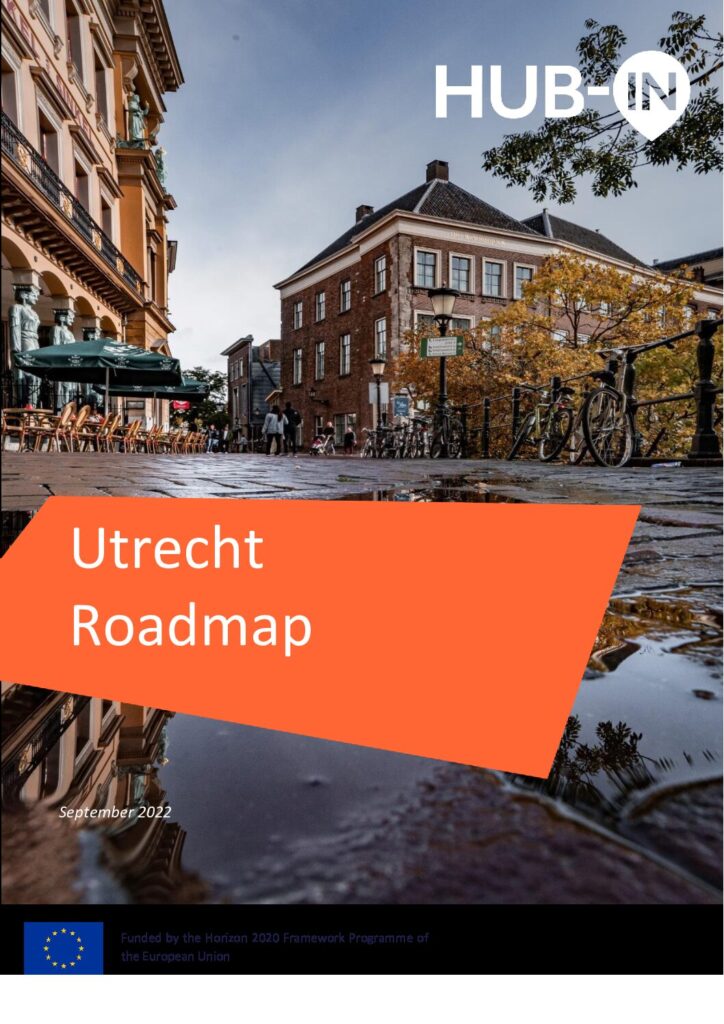
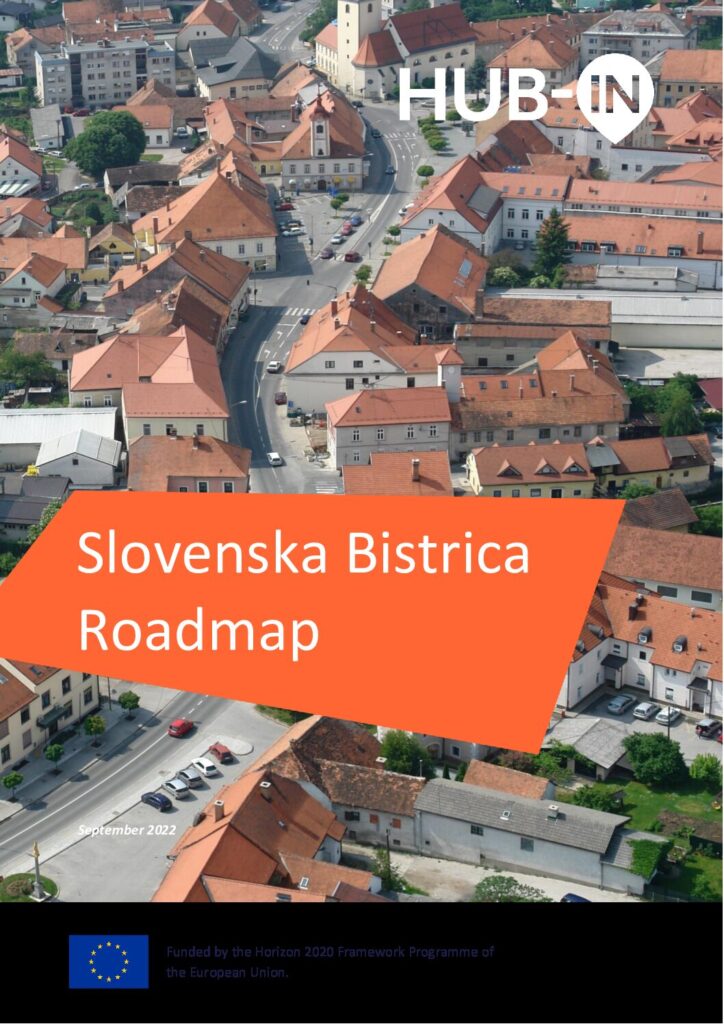
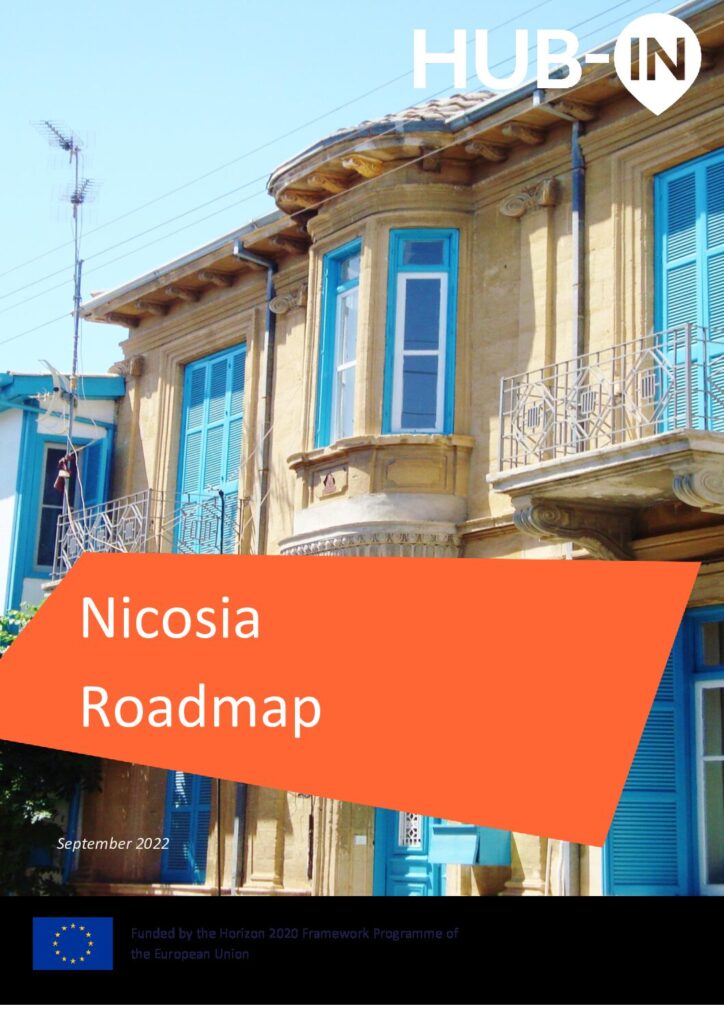
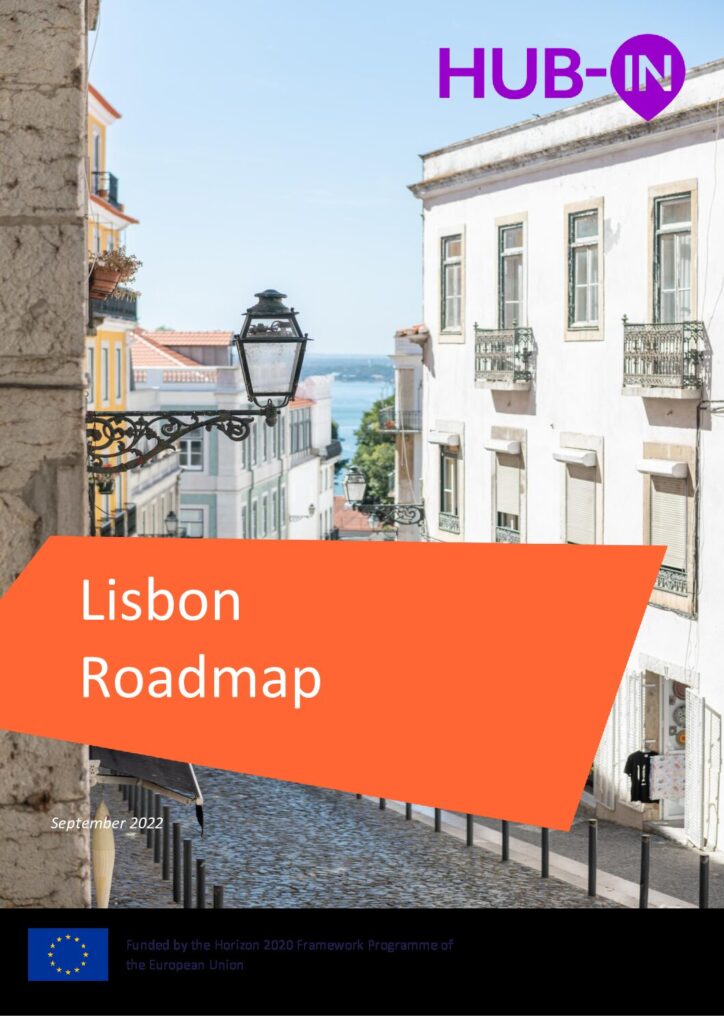
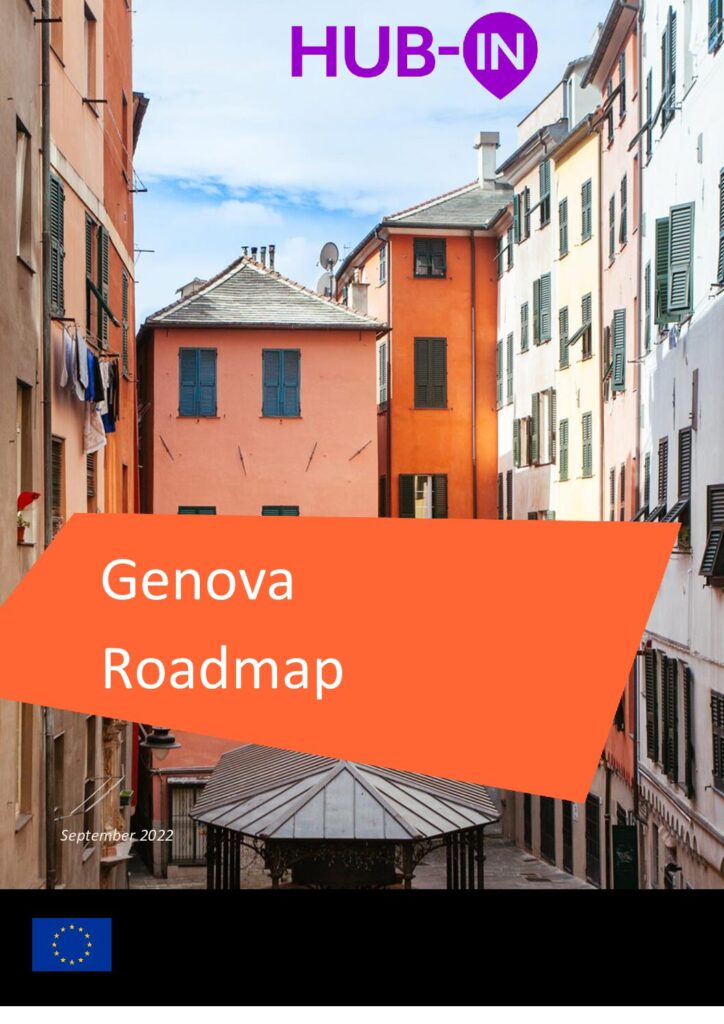
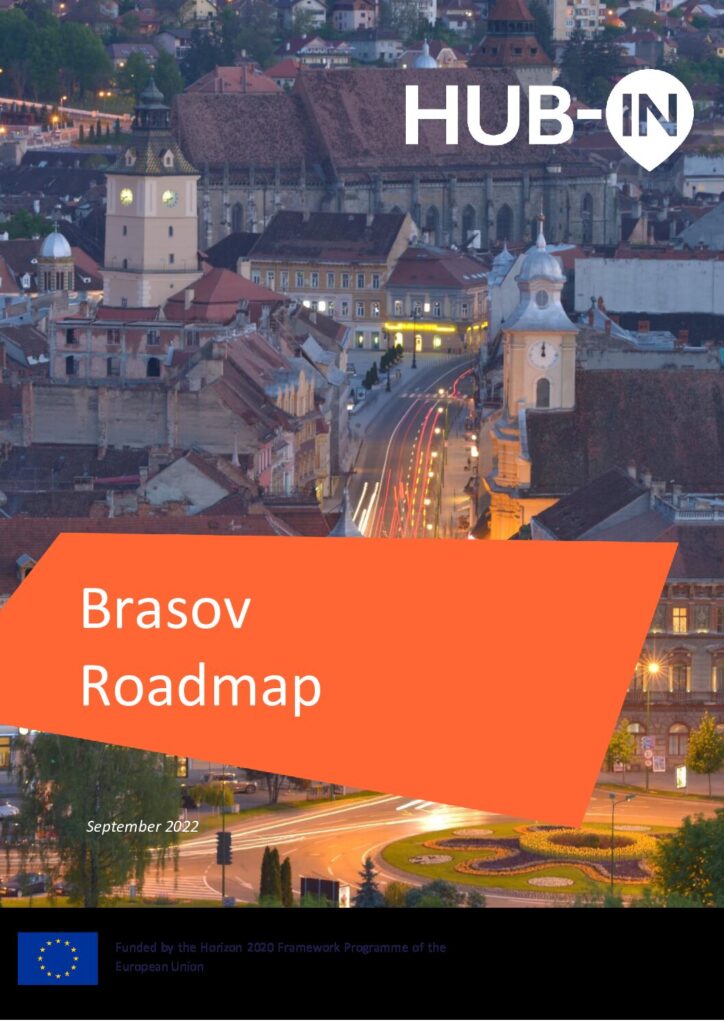
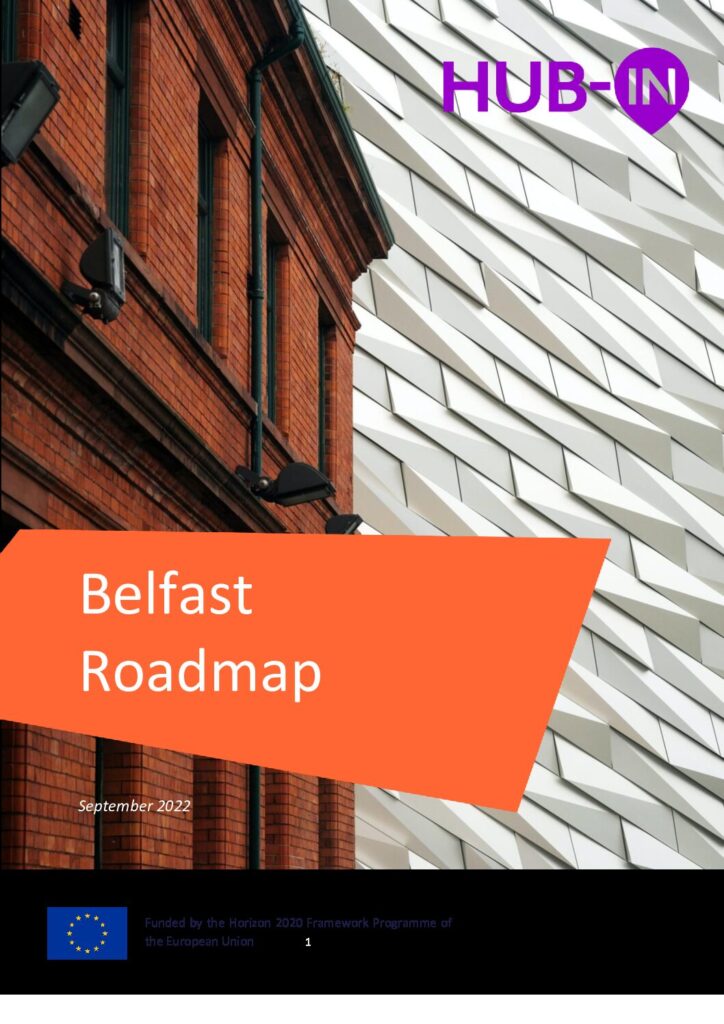
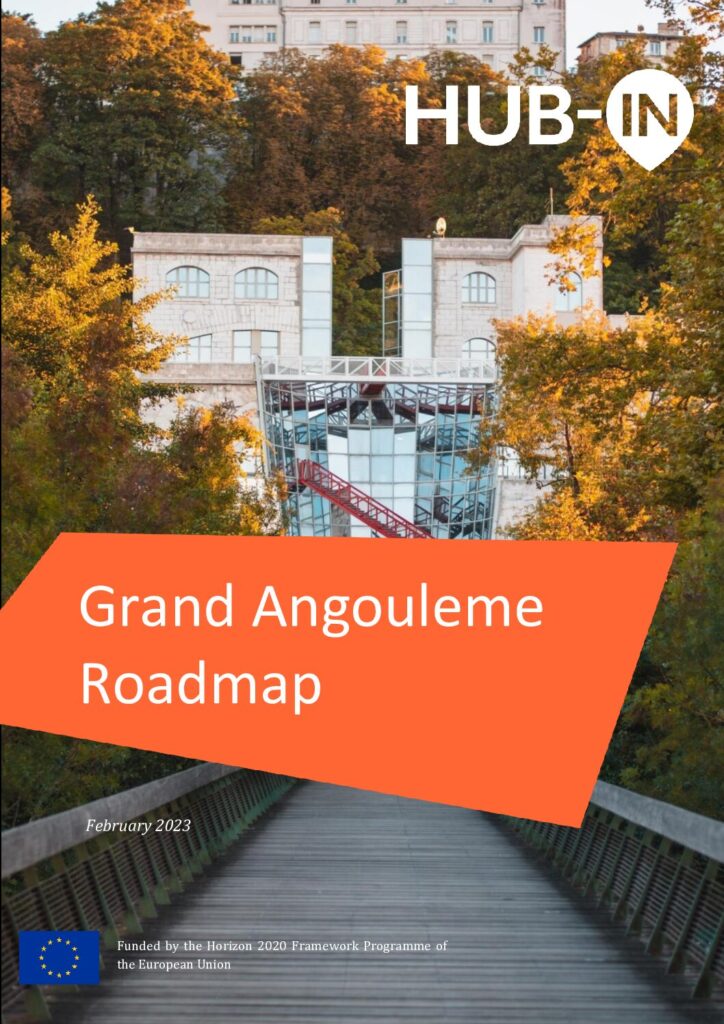
Tips
At the beginning of a roadmap, it is useful to include a hands-on 2-pager to summarise the vision, missions and objectives as this can be easily consulted by key decision makers and stakeholders who have limited time.
Visit HUB-IN Academy Learning Offer that covers strategic topics and features in the design, implementation, and monitoring of regeneration of historical urban areas including “Roadmap process and Action planning”.

